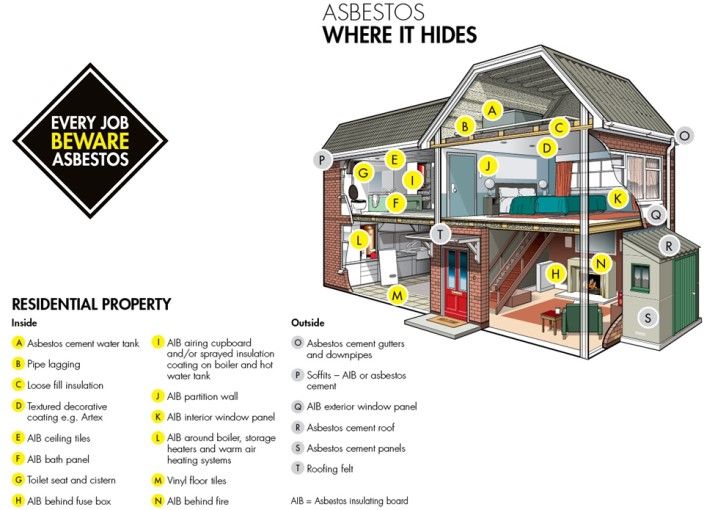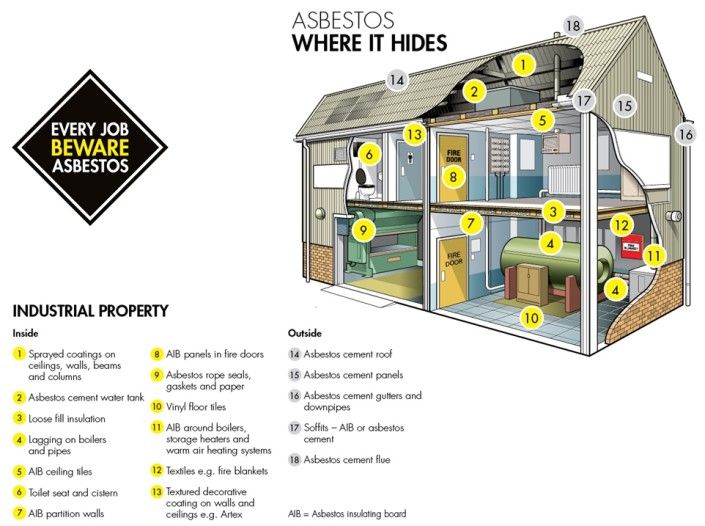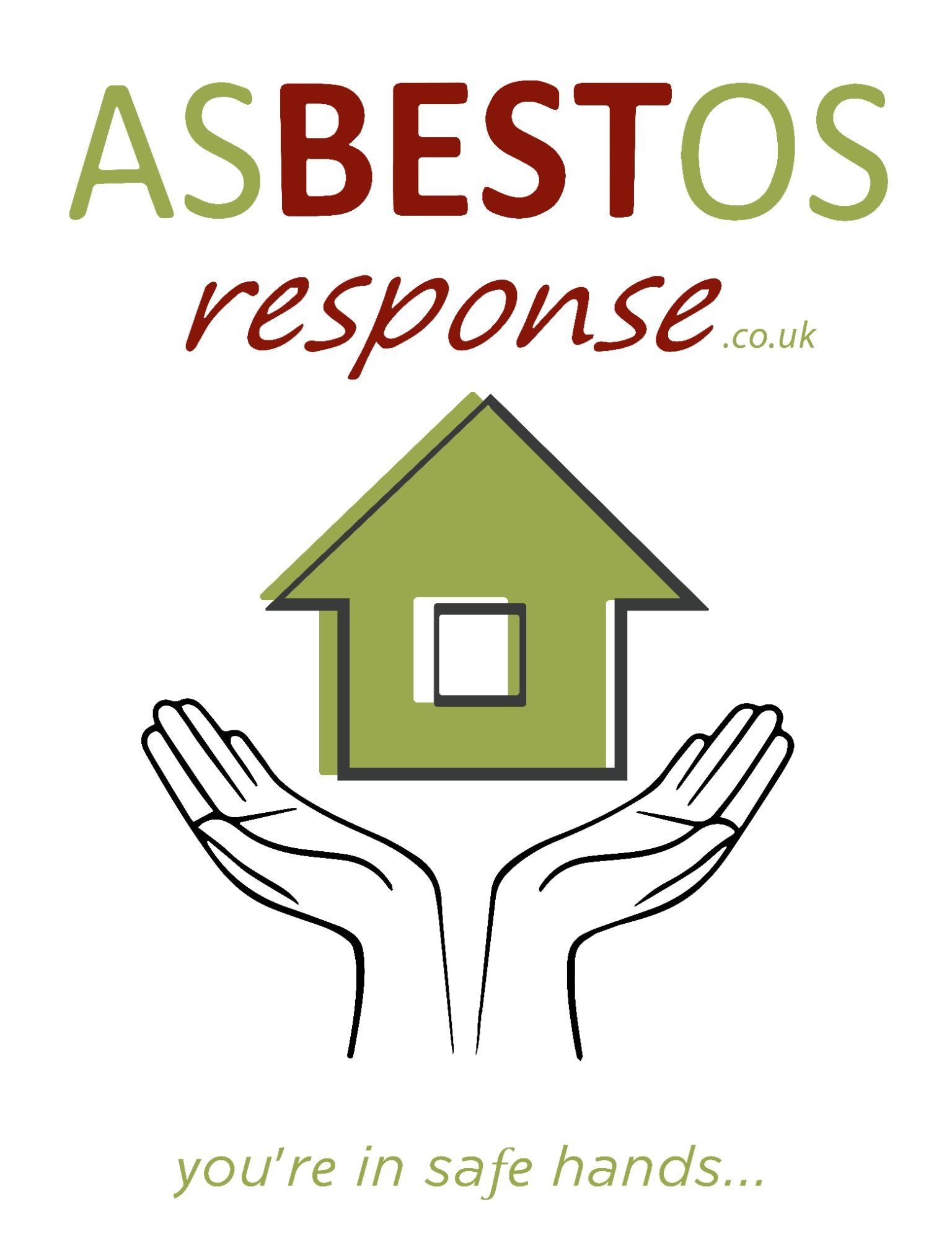
You could be exposing yourself, your family or your builder when carrying out refurbishment work or simple DIY!
Asbestos is still very much a threat to the public and those who work within the trade industry. If you work in the building trade, you need to be aware that asbestos can still be hiding in residential as well as industrial property.
According to the Health & Safety Executive (HSE) asbestos can be found in almost any pre-2000 building and is still a cause for concern. Unfortunately, asbestos-related diseases kill over twenty tradespeople every week in Great Britain. These deaths are not just limited to joiners, electricians and plumbers, but anyone doing refurbishment or maintenance including gas engineers, caretakers, heating and ventilation installers, painters and decorators, general builders, roofers etc.
In fact
• Around 8 joiners die every week
• Around 6 electricians die every week
• Around 4 plumbers die every week
• ANY tradesperson is at risk
It’s highly likely that if you are working in a building built before the year 2000, some parts of the building will contain asbestos.
When working in the building trade, it’s vital to be aware of the most common places asbestos could be hiding. There are common misconceptions about where asbestos can be found and the diagrams below aim to dispel the myths that:
• Asbestos is only found in industrial properties or blocks of flats
• Asbestos is only in old buildings
• Asbestos is only found outside
Your Staff & Visitors could be at risk of exposure and as a business you have a Legal obligation for their well-being and to have an Asbestos Management Plan in place.
Anyone in the building and maintenance trade working on an existing building is at risk of coming into contact with asbestos. When asbestos was used it was usually mixed with another material, such as board, insulation or coatings. In addition, asbestos-containing materials are often covered or placed behind other building materials, so it's hard to know if you're working with it or not. If you work in a building built before the year 2000, it's likely that some parts of the building will contain asbestos. When cutting, drilling, sanding or hammering asbestos-containing materials or removing panels, tiles, etc. which contain asbestos, asbestos fibres can be released into the air. Without proper protection, you – and anyone working with you or nearby – are in real danger of breathing in the fibres. If you are exposed to or disturb asbestos it is vital that you stop work immediately and:

